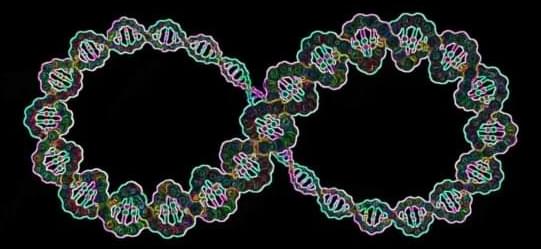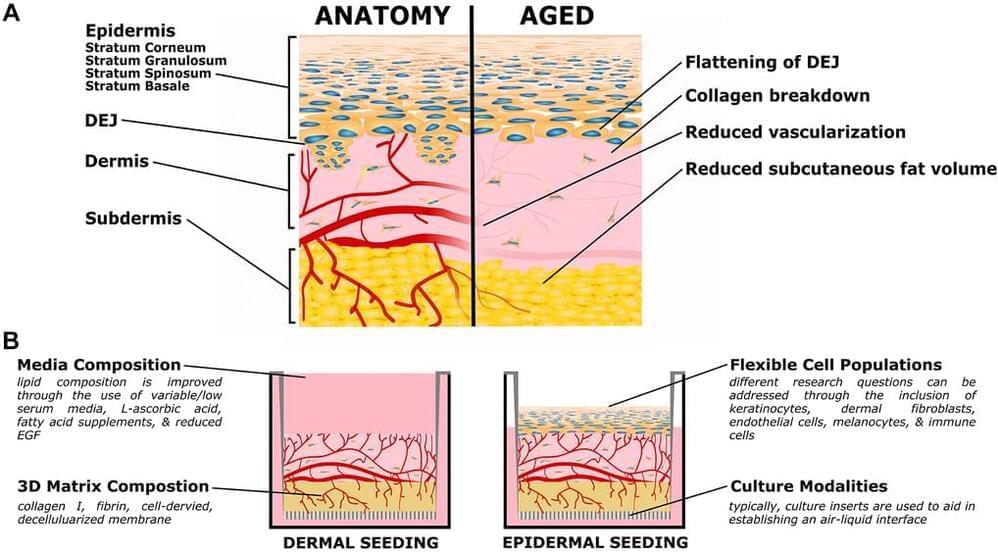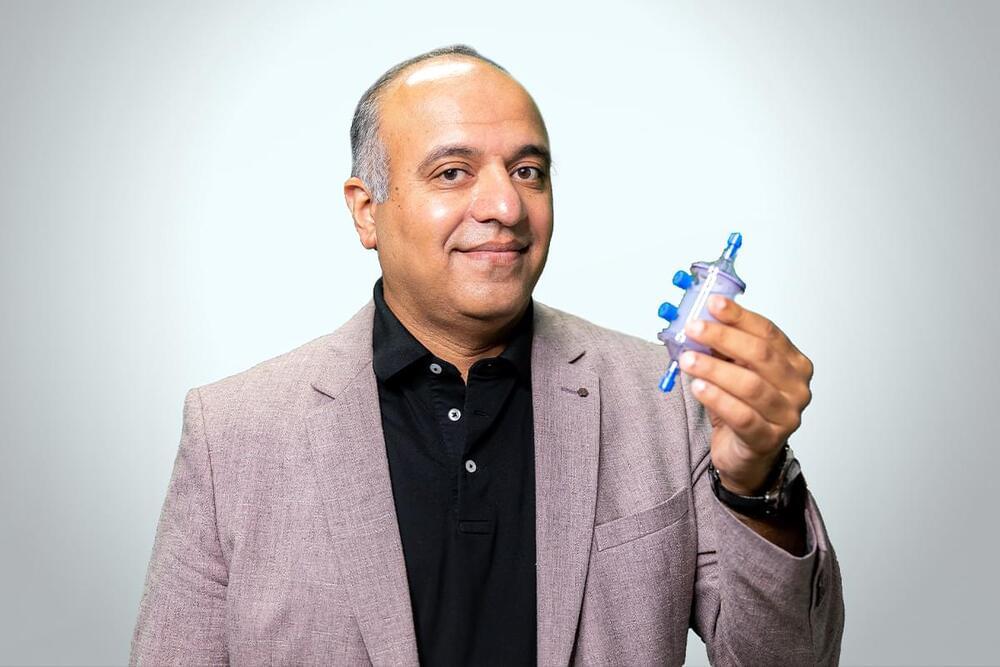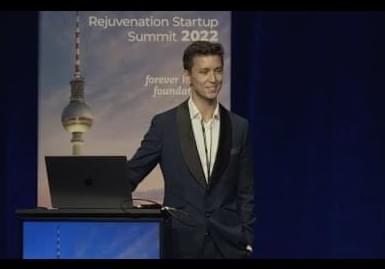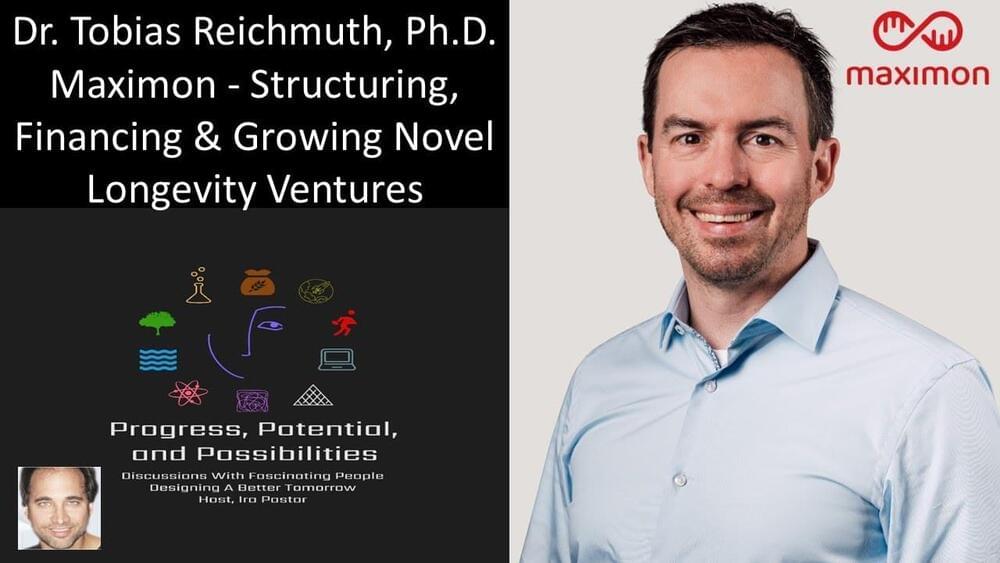Dec 17, 2022
Senolytic Therapies Pose Revolutionary Potential to Roll Back Diseases of Aging
Posted by Kelvin Dafiaghor in categories: biotech/medical, life extension
Unity CEO Anirvan Ghosh, Ph.D./courtesy of Unity Biotechnology
Senolytic therapies are, at this point, as revolutionary as checkpoint inhibitors but with broader effectiveness. This approach delays the onset of diseases of aging by removing senescent cells from the body, thus enabling people to remain healthier longer or to regain some degree of function lost to disease.
Senolytics is a new field and most of the research is still in academic centers – most notably, the Mayo Clinic. Approval of any therapeutics is years – perhaps even a decade – away.



